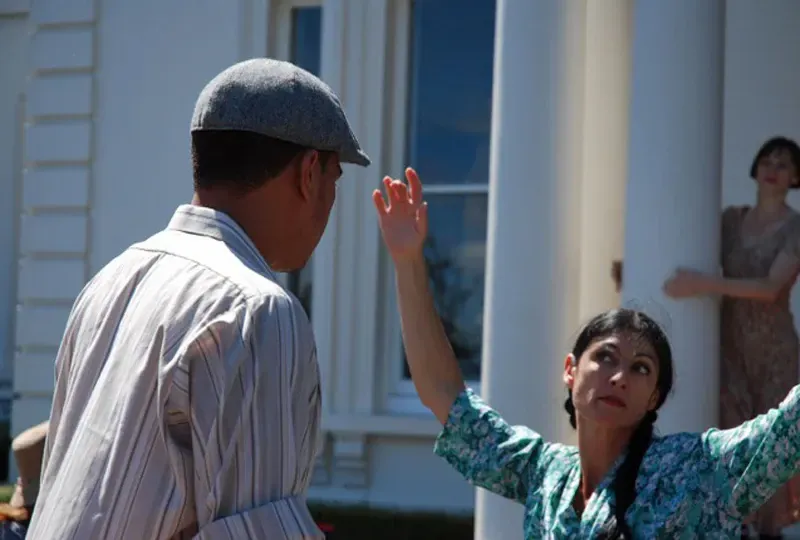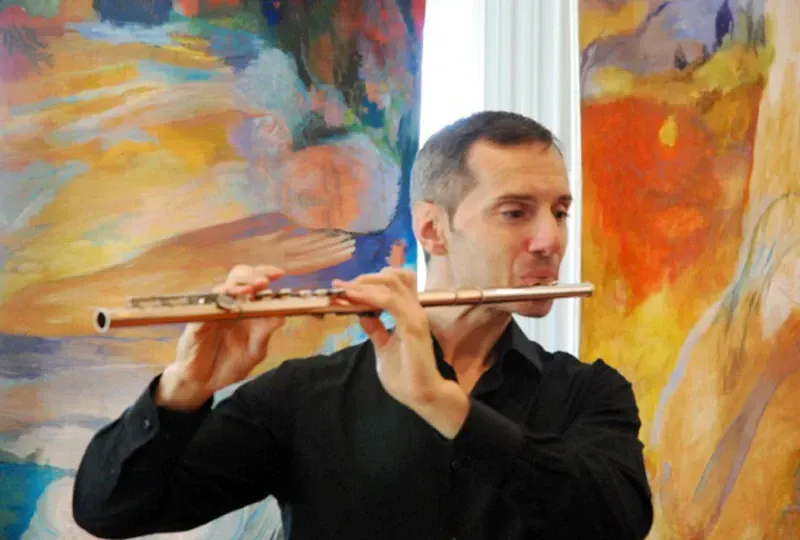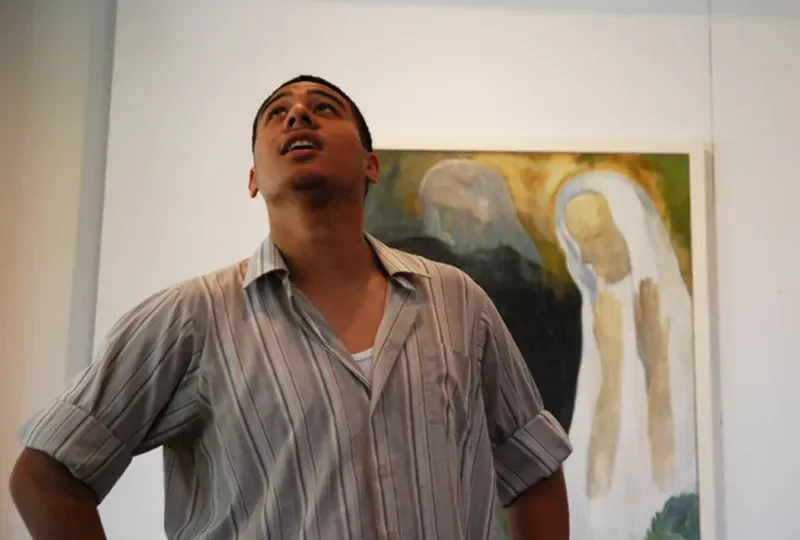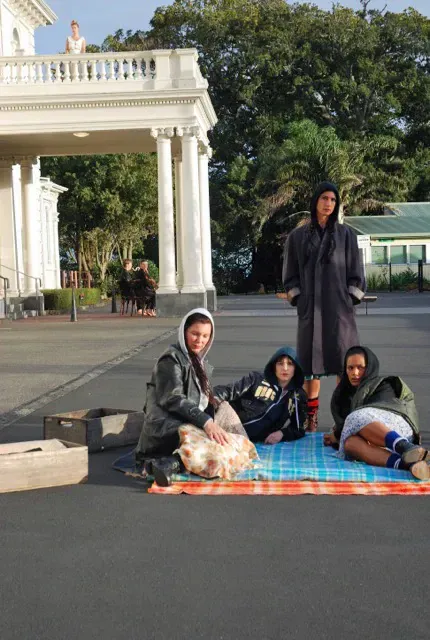Close encounters with PAH
Written by
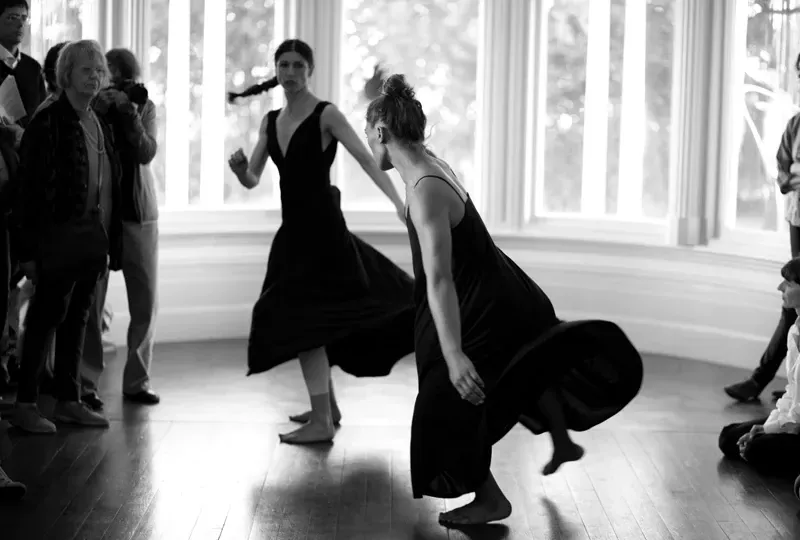
PAH explores the layered histories and their resonances that continue to live on in one of Auckland’s largest 19th century homesteads. The multimedia site-specific performance is the result of a unique collaboration between choreographer Carol Brown, composer Dame Gillian Whitehead and artist Star Gossage.
Carol Brown shares her thoughts with Dione Joseph on developing performances that offer an intersection between dramatic text and abstract expression.
* * *
“We started in 2013 and had a workshop for four days which included three dancers and two musicians,” explains Brown. “During this time we developed the themes of the music, the title and the moa bones of the project. Later we had five weeks when Gillian was in residence to work on the site and that was when we became much more interested in the built structure of the house, the landscape and some of the stories that came out in that research phase.”
The house which was built by James Williamson as his ‘gentleman’s residence’ was originally bought from the local iwi by William Hart in exchange for a horse, a pair of trousers and two pairs of leather boots. From then on it has been a host to numerous histories including the order of the Sisters of Mercy, an orphanage and a home for refugees. It is these histories that Brown and her team tap into for their exploration.
“For us PAH is a space between art forms, it is both narrative and abstraction,” says Brown, “Dance by its nature is a non-verbal art form and is working in a more oblique way with narrative whereas dramatic theatre often has text at its core and as a result has a much more explicit relationship with text – we as a team are committed to exploring that liminal space where visual performance and an interdisciplinary performance practice takes place.”
Set amongst the lush landscape of the Monte Cecilia grounds and embracing a range of different storytelling modes the performance is structured almost as if in a dream sequence where ghosts of the past move freely, intersecting with audiences, amidst a site that echoes with memories and unspoken stories. Performed to Whitehead’s score by a fine trio of musicians it is a non-linear exploration that questions at its core the legacy of the Sisters of the Mercy and the many who lived and travelled through the homestead.
Brown reminds us that while PAH is not a performance that seeks to chronicle historical events it does explore the traces and impressions of the past that have marked the building, land and those who have come into contact with it. The journey of “how such relationships evoke a resonance with the past rather than demonstrate an explicit relationship with literal events” is the motivation for creating such a work.
Working closely with dramaturge Fiona Graham, Brown’s development of this work is based on widening the concept of land based dramaturgy in New Zealand and engaging with the relationships of the land to the site and the individual and collective notions of custodianship that have been held in that space.
She explains further: “I’m interested in the role of the guide and the multiple different forms that being guided can have. On the one hand we have women dressed in calico, almost like the ghosts of the past, leading us into the house but the house is also the host and in turn the ghost(s) of what has been – it is in this mediation between stories where we find our own voices meeting, engaging and in conversation with the past.”
The multiplicity of experiences and dimensions (both in terms of space, light and physicality) render PAH to be a unique visual performance installation, one that with ongoing development and support may continue to bring a substantial re-imagining of the varied histories of Auckland’s most well-known homestead.
Pah from Carol Brown on Vimeo.
- PAH was part of Close Encounters at the Auckland Arts Festival 2015
